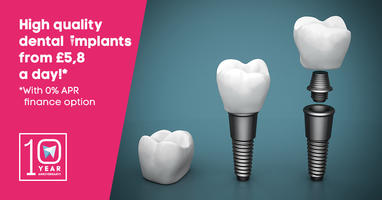As with all prostheses, dental or otherwise, there can be problems, even recurring problems inherent in the product itself. There are certain things that will happen in time to dental bridges that are simply due to the wear and tear of everyday use. This of course is outside of the realm of the bridge being poorly manufactured, or having some issues relating to its structural integrity. If you have been given a faulty bridge the problems in it should become evident quickly, and the technician who made it will make you another one, usually free of charge. Let us now turn our attention towards the frequently occurring inevitable problems that can be expected from wearing dental bridges.
Underlying Tooth Structure
More often than not, a problem with a dental bridge will not be due to any fault of the bridge, but through the decay of the underlying tooth or teeth. This means the supporting tooth structure has continued to decay, and has crumbled, or broken in the event of a trauma to the teeth, and this may result in the bridge becoming wobbly, loose, dislodged or even fall out altogether. If this happen the bridge will need to be refitted, and more often than not a different bridge will need to be made, as the one that was fit onto the teeth that broke will no longer fit. This situation can be prevented by maintaining good oral hygiene and brushing and flossing regularly. The use of mouthwash is especially important, as the liquid can get between the teeth and the prostheses, and kill the bacteria residing there. It is extremely important to floss and brush your crowns and bridges, as these can also accumulate plaque, which can lead to tooth decay. It is enough for just a tiny bit of the tooth to break or chip off for the bridge to become unstable, so there may not even be extensive decay before the bridge does not fit anymore.
Periodontal Issue
The same as with teeth underneath the bridge becoming damaged or infected, periodontal disease can change the inside of your mouth to where the bridge can become extremely uncomfortable, or even dislodged by lack of supporting structure. The bridge may even be pushed off of the teeth if the gums become too swollen with the onset of periodontal disease.

Changing Tooth Position
If the teeth around the bridge start to move or become too crowded, that may also warrant the removal of a bridge. The bridge may become loose or dislodged, or it may remain stable, but with the teeth next to the bridge may become damaged from being pushed up against the bridge. This usually happens if the wisdom teeth are still in, and are impacted and growing at a wrong angle, pushing the entire row of teeth closer together.
Bridges need to be changed roughly once every ten years, but after this, the structure of the bridge itself may become compromised, and it may start to crack, chip or break with time, even with none of the above mentioned issues being present.

